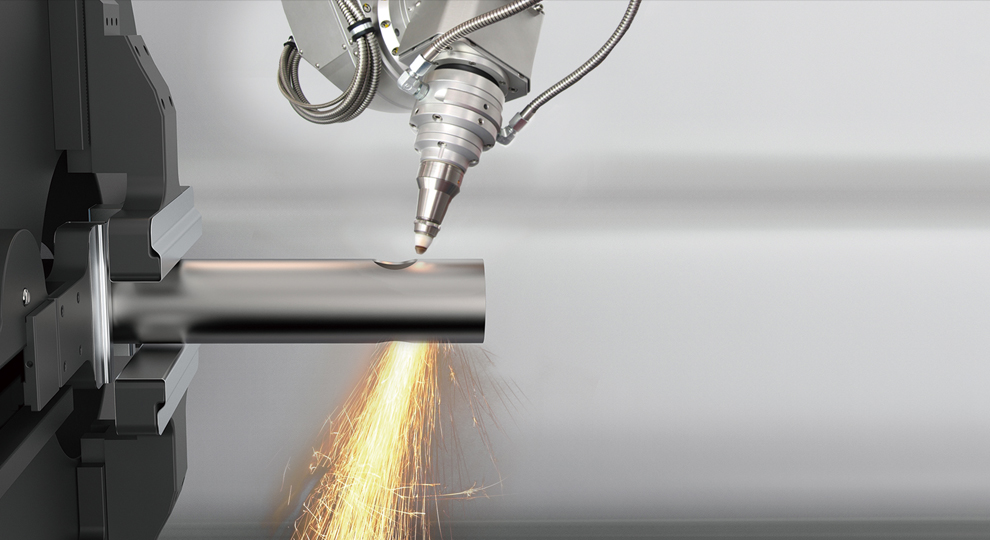In today’s competitive industrial landscape, choosing the best machines for precision metal cutting is crucial for manufacturers aiming for perfection. These machines are the backbone of industries that demand high accuracy and efficiency in metal cutting. With advances in technology, several machines have set benchmarks for precision, ensuring quality and reliability.

Why Precision Metal Cutting Matters
Precision in metal cutting is vital because it directly affects the quality and functionality of the final product. The demand for high levels of accuracy has pushed industries to invest in advanced machinery capable of cutting metals to exact specifications. This article explores the key features and benefits of various precision cutting machines available in the market today.
The Basics of Precision Metal Cutting
Before delving into the best machines for precision metal cutting, it’s essential to understand the basics. Precision cutting involves using advanced technologies and machinery to cut metal with exactness. This process is integral in producing parts that fit precisely, reducing waste, and enhancing overall efficiency.
Understanding Precision in Metal Cutting
Precision metal cutting refers to the ability to cut materials to a set tolerance with minimal deviation. This precision ensures that the parts produced meet strict specifications necessary for various applications. The outcome is flawless, making it a preferred choice in industries such as aerospace, automotive, and electronics.
Advantages of Precision Metal Cutting
Precision metal cutting provides numerous advantages, including reduced material waste, enhanced quality of cut edges, and increased production efficiency. These advantages result in cost savings and improved product quality.
Types of Precision Cutting Machines
Laser Cutting Machines
Laser cutting machines are among the best machines for precision metal cutting. They offer unmatched precision and versatility. These machines use laser beams to melt, burn, or vaporize material, achieving clean cuts with intricate designs. Ideal for a wide range of metals, laser cutters are favored for their speed and precision.
Waterjet Cutting Machines
Waterjet machines utilize a high-pressure jet of water, sometimes mixed with abrasives, to cut materials. Known for their cold cutting process, waterjets are ideal for metals sensitive to high temperatures. This method ensures the material’s structural integrity is preserved.
Plasma Cutting Machines
Plasma cutters employ an accelerated jet of hot plasma to cut metals. This method is fast and efficient, suitable for thick and thin metals. While not as precise as laser cutting, plasma cutting is reliable for rough cuts and edge beveling.
Selecting the Right Machine for Your Needs
Choosing the right machine depends on factors like material type, thickness, desired precision, and production volume. Industries must evaluate their requirements meticulously to select the most suitable machine.
Factors to Consider When Choosing a Machine
When selecting a precision metal cutting machine, consider factors such as cut quality, operating costs, machine versatility, and maintenance requirements. Evaluating these elements ensures an informed decision aligning with specific manufacturing needs.
Comparing Machine Features
To identify one of the best machines for precision metal cutting, it’s crucial to compare key features, including speed, precision, and compatibility with various metals. Comparing performance metrics helps in making the right choice for specific industrial applications.
Technological Advancements in Precision Cutting
Recent advancements have introduced smarter, faster, and more precise machines. Innovative features like CNC control, automated functions, and IoT integration revolutionize the industry, creating cutting-edge solutions for manufacturers.
The Future of Precision Cutting
The future of precision metal cutting is promising, with continued innovations in technology improving speed and accuracy. As demands for precision grow, machines will evolve to meet these challenges, fostering more advancement and opportunities in manufacturing.
Cost Considerations for Precision Machines
The cost of precision cutting machines varies based on technology and specifications. An upfront investment in a high-quality machine can yield long-term financial benefits through reduced waste, efficiency, and superior product quality.
Maintenance and Operation Costs
Operational costs, including maintenance, significantly impact the overall expenditure on precision machines. It’s crucial to factor in these costs when planning your investment to ensure sustainability and efficiency.
Conclusion: Investing in Precision Cutting Machines
Investing in the best machines for precision metal cutting is a strategic move that pays in high-quality production and efficiency. By understanding the different machines and evaluating their features against industrial requirements, manufacturers can make informed decisions that enhance operations.

Frequently Asked Questions
What are the most common metals for precision cutting?
Common metals used in precision cutting include aluminum, steel, stainless steel, and titanium, known for their durability and versatility in various applications.
How does laser cutting differ from waterjet cutting?
Laser cutting uses focused laser beams, offering clean and precise cuts, while waterjet cutting leverages high-pressure water jets and is suited for materials susceptible to heat damage.
Is precision metal cutting cost-effective?
The long-term benefits of precision metal cutting include reduced material waste and high-quality outputs, making it a cost-effective choice for industrial applications.
For more detailed insights on precision metal cutting, visit this types-of-precision-cutting-methods guide. Also, explore advanced methods by accessing resources from this expert overview.
This article contains affiliate links. We may earn a commission at no extra cost to you.

